These 6 simple switches in your kitchen will help keep harmful microplastics out of your food, experts say
Microplastics can cause inflammation in the body as well as impact heart and brain health
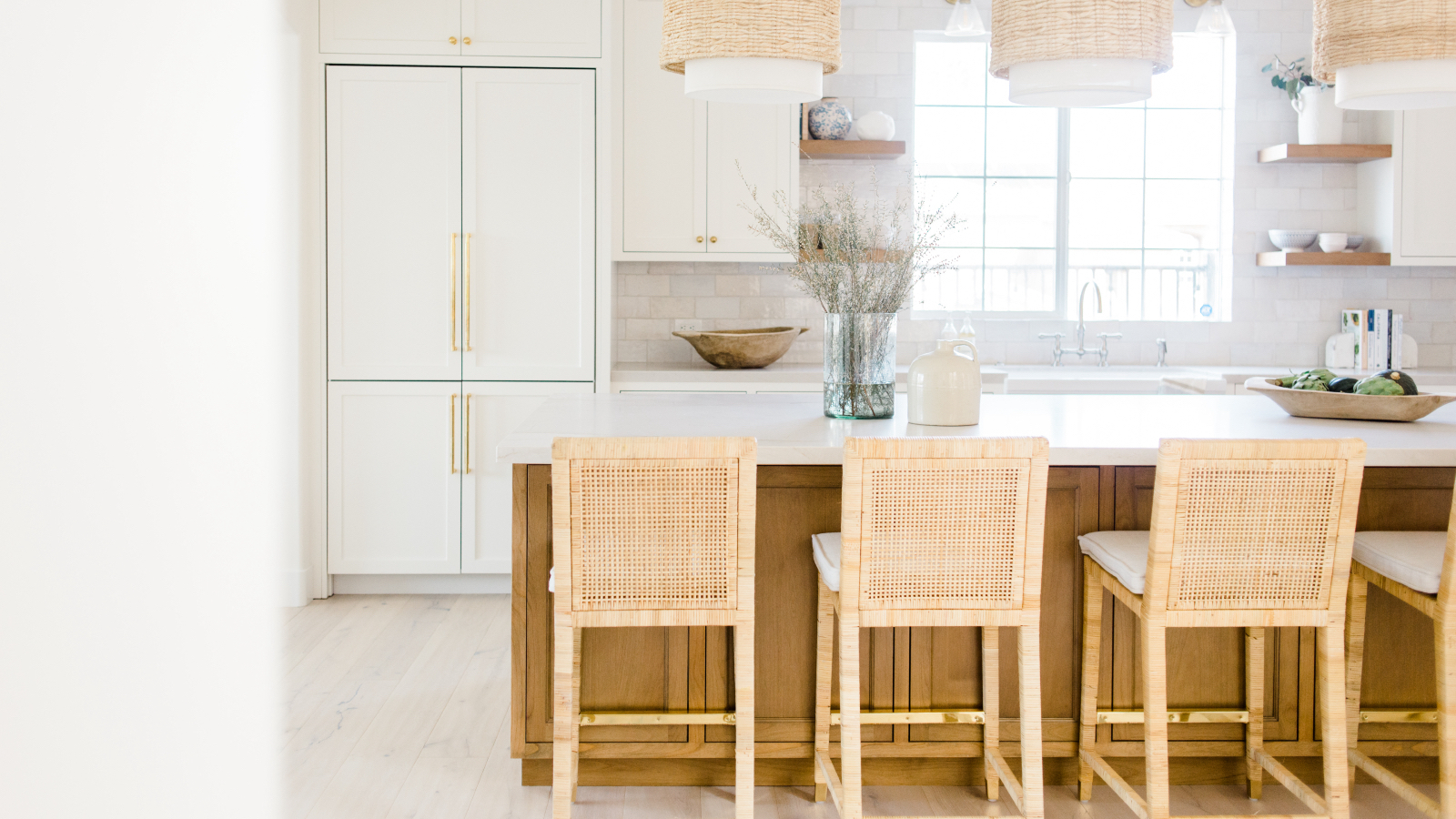

Plastic is all around us in our day-to-day: in the fibers of our clothing, on our bathroom shelves, and in many containers and utensils around the kitchen.
As handy as the material may be, it isn't the safest material for our kitchen items to be made from as wear and tear leads to a risk of harmful microplastics making their way into our food. A recent study even found more microplastics in human brains than ever before, with a higher concentration in those with dementia.
Switching to non toxic home essentials will decrease the risk of exposure and ingestion, and benefit your health in the long run. Here are six simple switches that, according to our experts, will start making a difference in your kitchen right away.
1. Glass or stainless steel food containers
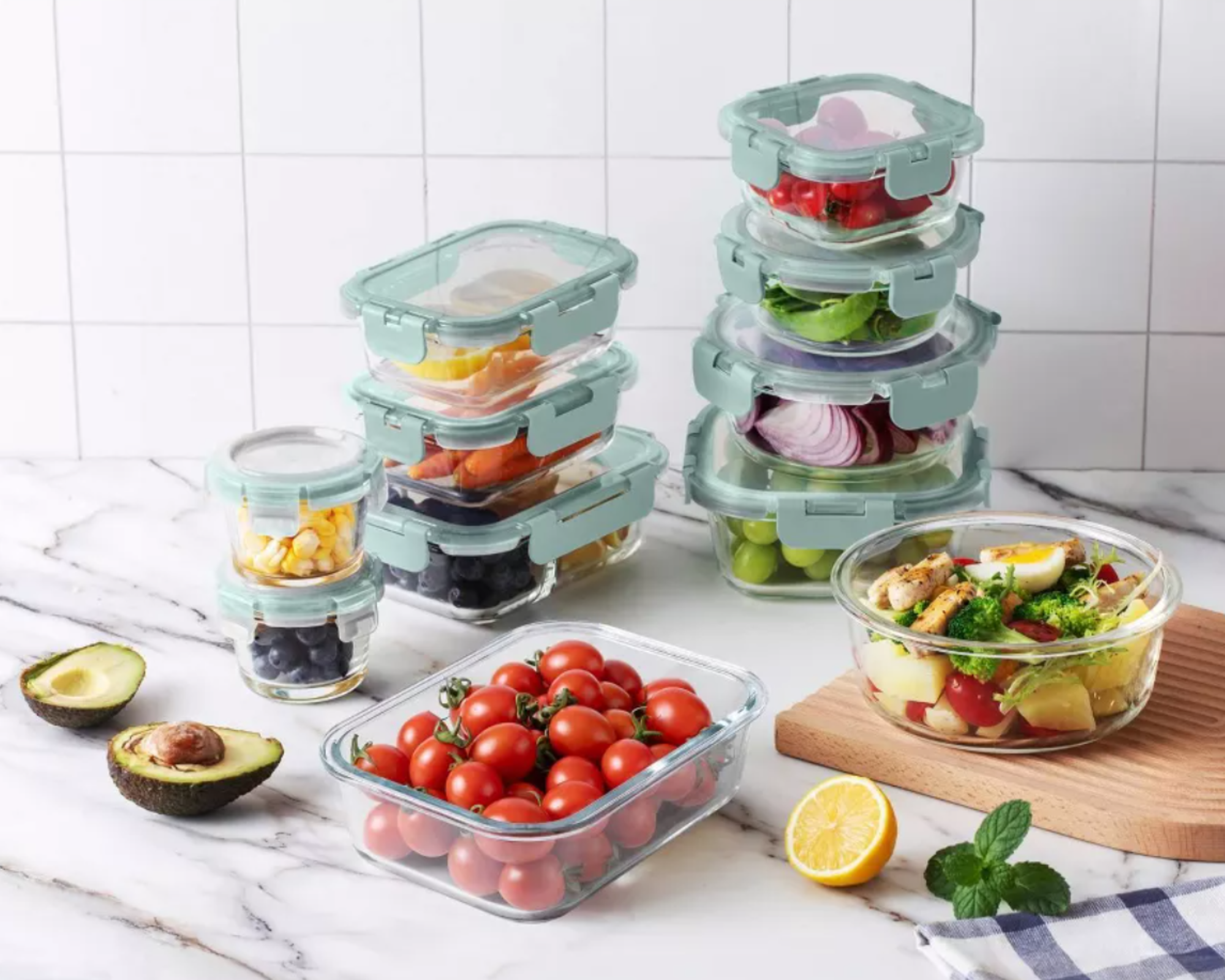
Plastic food storage can be found in many people's kitchens as it's versatile and convenient.
However plastic food storage containers are a major culprit behind the issue of microplastic ingestion as they go through a lot of wear and tear, meaning they are prone to flaking and scratching.
The new study, published in Nature Medicine found an increase in micro and nanoplastic concentrations found in the human body, particularly the brain, kidney and liver. The extent of the damage it can cause is unclear, but some studies have linked it to inflammation and risks to heart health.
Karina Toner, operations manager and professional cleaner at Spekless, says, 'Plastic food containers can degrade over time, especially when exposed to heat, releasing microplastics into your food. This contamination can accumulate in the body and has been linked to health risks.'
Glass and steel kitchen storage ideas are a great swap as they are sturdy, non-porous and won't release chemicals into your meals. Karina recommends the Glasslock 6-Piece Rectangle Oven Safe Container Set from Amazon which comes with containers of many sizes, as well as the Irishom Airtight Stainless Steel Large Capacity Leakproof Kitchen Storage Container, also from Amazon.
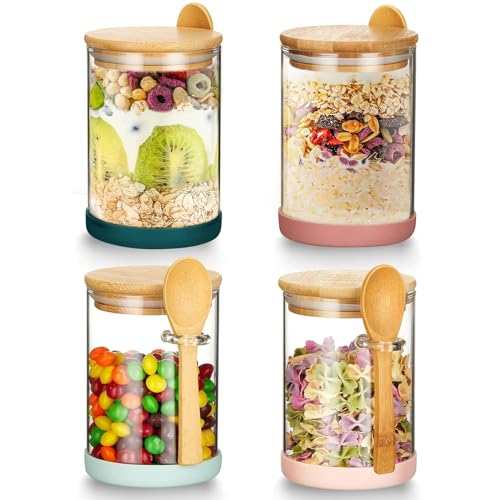
Made of borosilicate, a particular durable and heat tolerant glass, these storage jars have silicone additions to make them air tight. You can store in the fridge, on the shelf or counter. Not suitable for freezing, microwaving or oven use.
2. Beeswax wrap or silicone lids
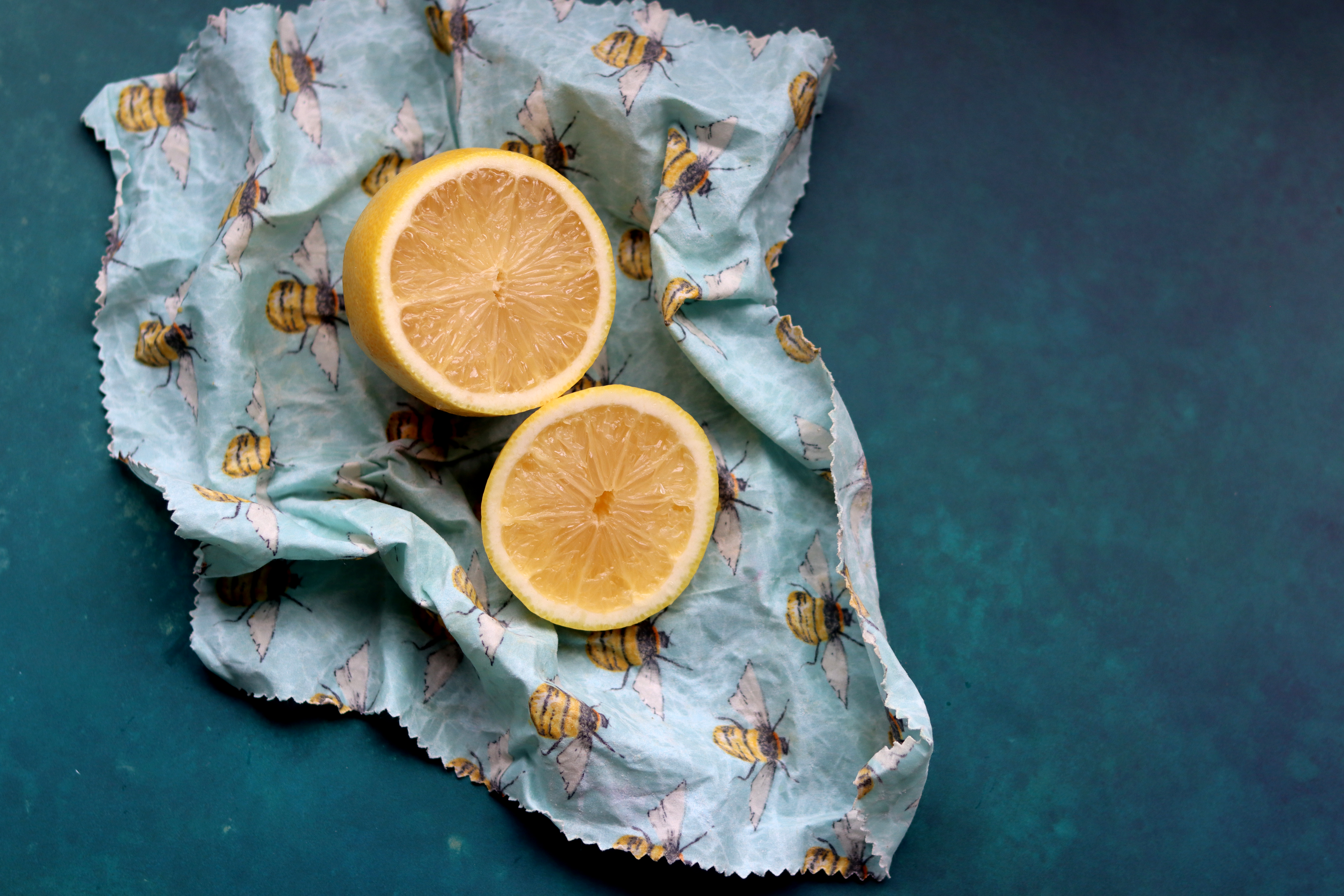
Cling film or 'cellophane' is a handy supply to have in the kitchen, sealing leftovers securely to keep them fresher for longer. But it's actually one of the surprisingly toxic items in your home. Adding a layer of plastic over your food is encouraging microplastics to go into it, especially if the food you're wrapping is still slightly warm.
'Plastic wrap is single-use and prone to breaking down, especially when used to cover hot foods, releasing particles into your meals,' says Karina.
Using beeswax products, like wraps, or silicone lids in place of plastic wrap is a simple switch to make your home less toxic. It's also kinder to the environment, your health and wallet.
'These are both great options because beeswax wraps are biodegradable and create a natural seal, and silicone lids are stretchable, reusable, and safe for high temperatures,' adds Karina.
This roll of Bee's Wrap Reusable Beeswax Food Wrap on Amazon is completely plastic-free and can be cut to any size you need. The Basichaus Reusable Silicone Stretch Lids from Amazon, though, are the perfect option for covering over your bowls and pans.
Head of Solved, Punteha van Terheyden switched to silicone lids after she became a mum in 2016. She says, 'I had been cavalier with my own health to a degree, but when it came to my daughter, I couldn't take the risk. I made the switch to silicone reusable lids, available from Walmart, and found them to be very convenient as they didn't have to match the pots, pans, or containers exactly to create a good seal. They wash easy and last for a long time too.'
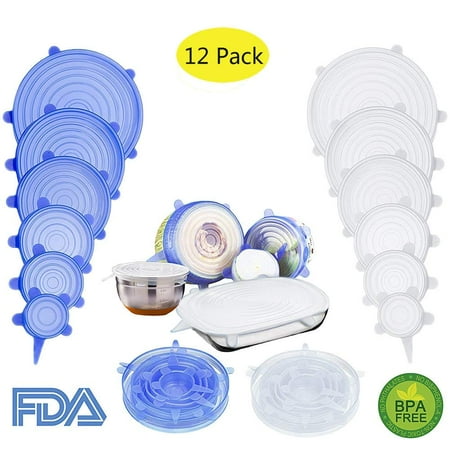
The round ones will stretch and fit over rectangle and square pots and containers making this mixed pack with six different sizes versatile. They're reusable, expandable and BPA free, and can be used in the microwave or freezer. Wash by hand with dish soap and leave to fully air dry before use.
3. Natural cleaning tools
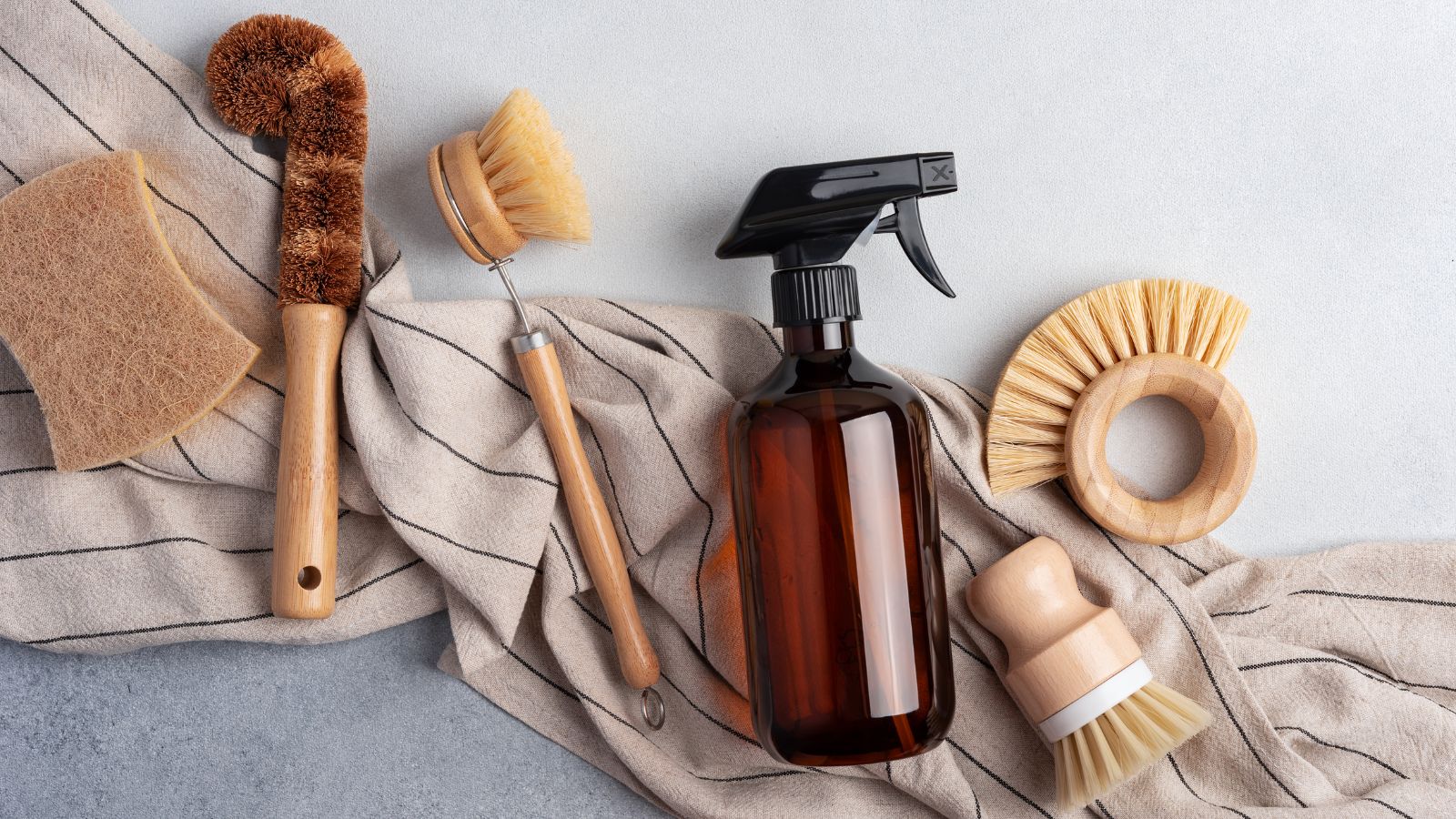
You may not realize it, but your dish sponges and dish brushes likely contain plastic, too. The more you scrub with these tools, the more likely they are to disintegrate microplastics into your dish water and onto your dishes.
Muffetta Krueger, founder of Muffetta's Housekeeping, says, 'Cleaning tools made from synthetic materials often break down and leave behind microplastics. The constant friction during cleaning causes them to degrade, shedding their microplastics into dishwater and on surfaces such as our plates.'
Switching to cleaning tools made from natural materials such as bamboo and other biodegradable materials will remove the possibility of microplastics disintegrating onto your dishes, being ingested the next time you're plating up.
'Bamboo scrub brushes and cellulose sponges biodegrade naturally without shedding microplastics, so as a cleaning tip I'd recommend them both as good alternatives to other products,' shares Muffetta. 'They clean effectively while being safer for the environment and your kitchen.'
Walmart has a number of green cleaning tools available that will last a long time in your kitchen, including the sixwipe 12 Pack of Natural Kitchen Sponges that are made from cellulose and coconut fibers, and the ITTAHO 12 Pack of Kitchen Cleaning Sponges which feature wood pulp.
4. Stainless steel, cast iron, or ceramic-coated cookware
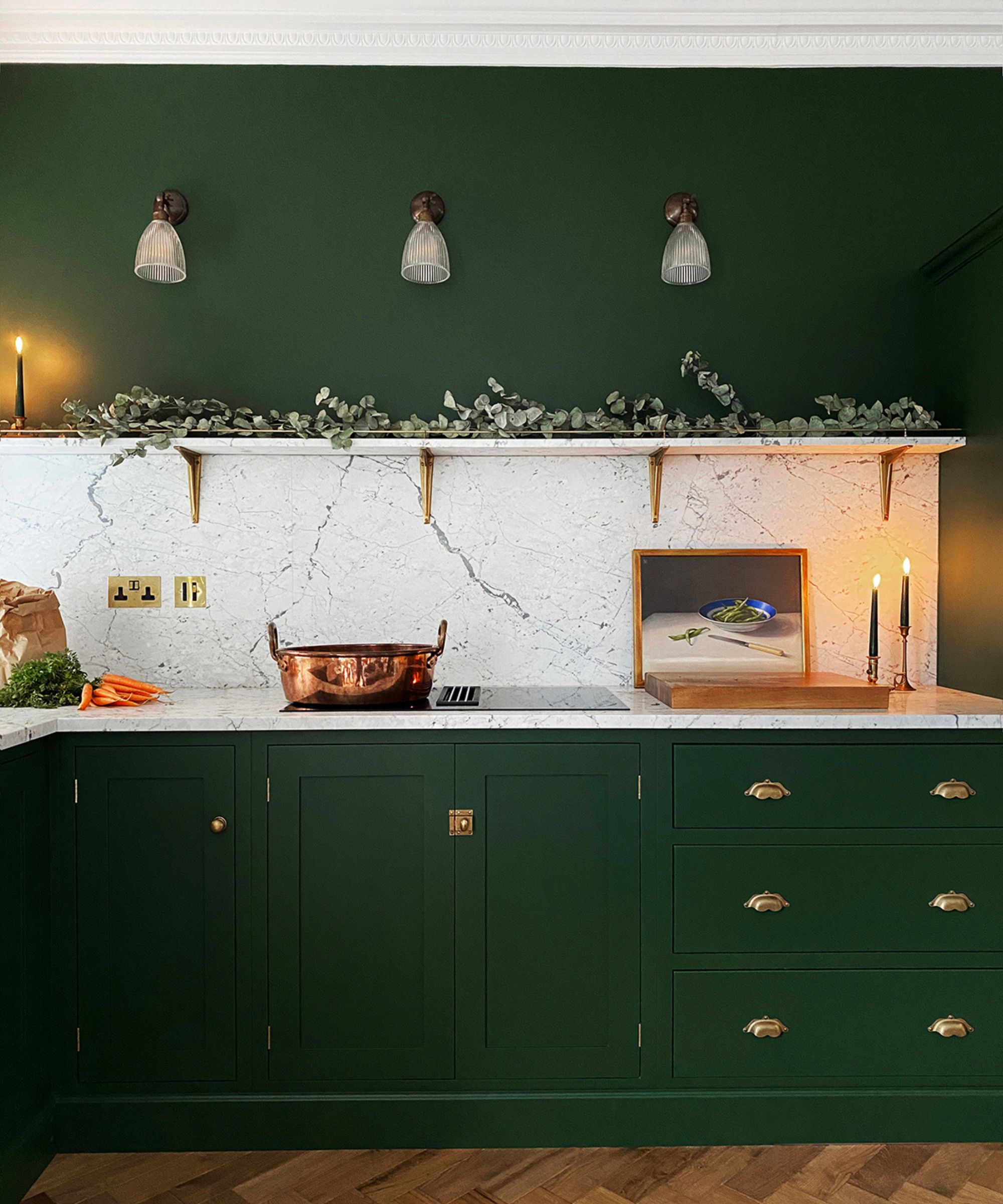
The power behind our non-stick pans and pots accumulating so little food residue relies on a special non-stick coating, which deteriorates over time due to wear. As this coating wears down, flakes of it can make their way into our food during cooking, which likely won't be noticed when ingested.
When it's time to replace your pots and pans, go with durable non-toxic cookware alternatives such as stainless steel, cast iron and ceramic-coated pieces will still provide you with a high-quality cooking experience, minus the risk of microplastics leeching into your family's food.
'These three materials do not release harmful chemicals or microplastics like non-stick items will, especially when scratched or exposed to high heat,' says Muffetta. 'Pro tip: You can season cast iron pans for a natural non-stick effect.'
The 12" Nonstick Ceramic Coated Aluminum Frypan with Cover - Figmint™ from Target is popular and comes in a variety of different colors to match the aesthetic of your kitchen. Stainless steel and cast iron cookware is available at many stores, but I like the Cuisinart 11-Piece Cookware Set, Chef's Classic Stainless Steel Collection 77-11G from Amazon as it has all the essentials.
5. Wooden, stainless steel or food-grade silicone kitchen utensils
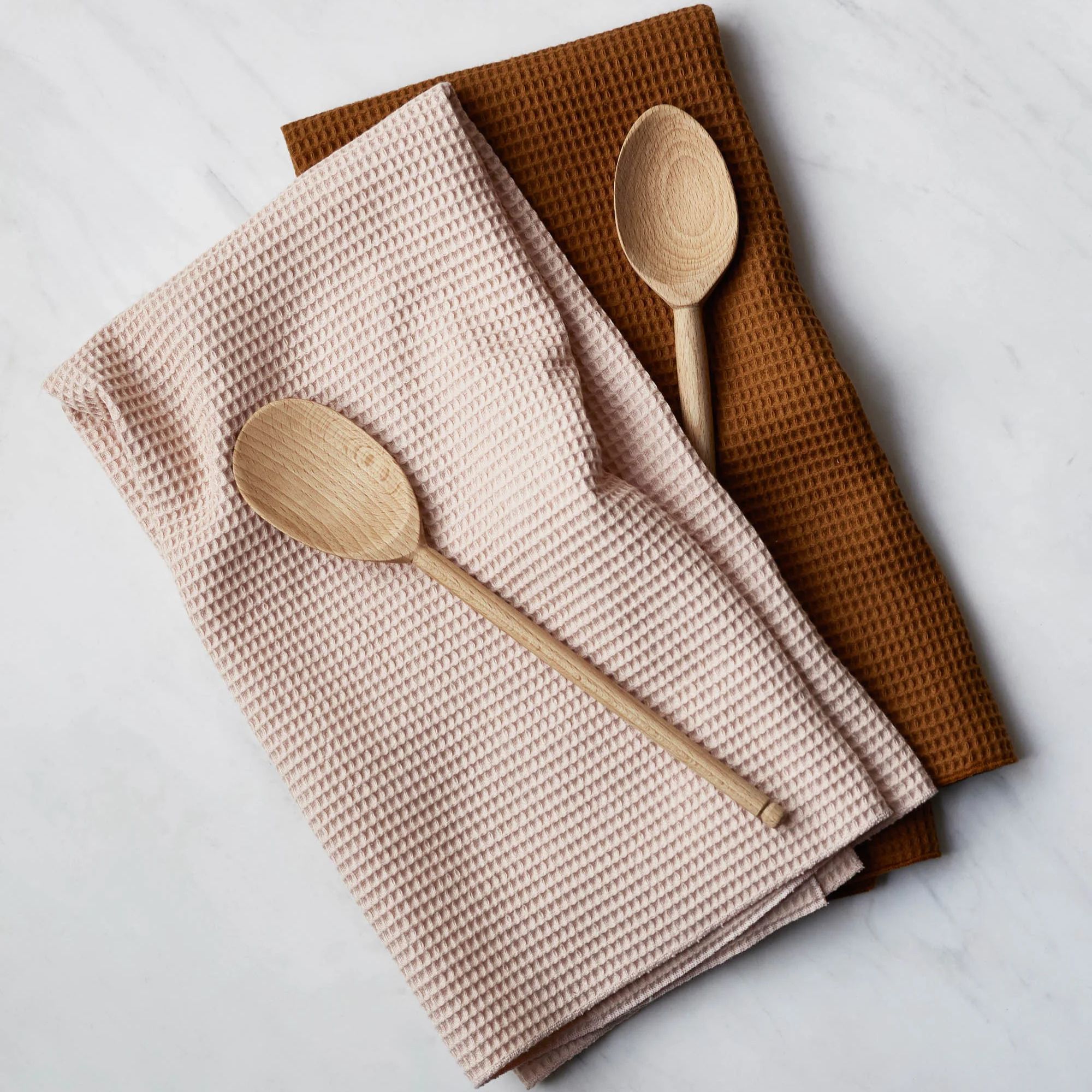
The same can be said for black plastic kitchen utensils as non-stick pots and pans: pieces of your utensils can flake off due to being frequently used, when cleaning kitchenware, or because the utensils are often in contact with high heat.
As Forrest Webber of Bear Brothers Cleaning says, 'Plastic utensils are like the flimsy paper towel of the utensil world. They can break, crack, and slowly release microplastics into your food. With these tools, it's like plastic is trying to sneak into your meal when you're not looking.'
Switching your plastic utensils out for ones made from wood, stainless steel or food-grade silicone is a quick change to implement but your future self will thank you.
The U-Taste Heat Resistant Silicone Spatula 4pcs on Amazon is a vibrant set that can withstand temperatures of up to 600º Fahrenheit. The listing also sells a plain black set if you'd prefer something more minimalist.
If you're starting a kitchen from scratch or replacing your supplies entirely, the Home Hero 54 pcs Stainless Steel Kitchen Utensil Set from Amazon will provide you with everything you need and more, including an eliminated risk of microplastics from your utensils.
Punteha, head of Solved adds, 'I was quite horrified to look down into my pan recently mid-cook and see the end of my black plastic utensil was shedding off in fragments visible to the eye. I immediately stopped using mine and replaced them with a natural wooden set. It's the same reason I recently swapped my plastic chopping board for a non-toxic one.'
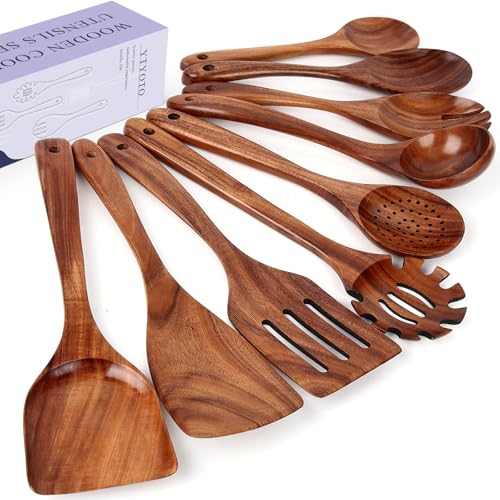
Wooden spoons will not shed microplastics into your food. Skip the dishwasher and clean by hand using warm water and dish soap to help this material retain its natural oils. This will keep your wooden utensils in good shape for longer.
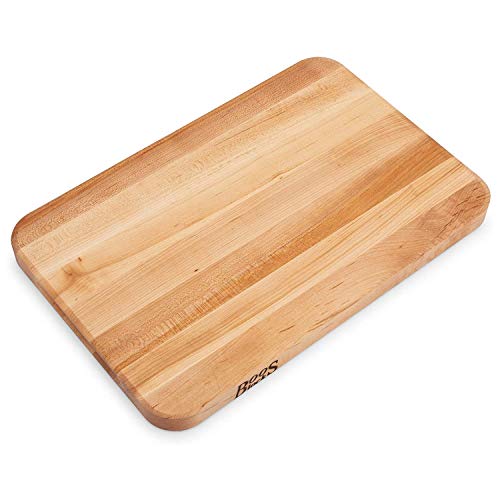
Our professional trained chef and Kitchen Editor Lydia says this Maple wooden board is favored by top chefs and is the 'best alternative to plastic' with a smooth surface that doesn't dull your knives. It does require maintenance including wood oiling.
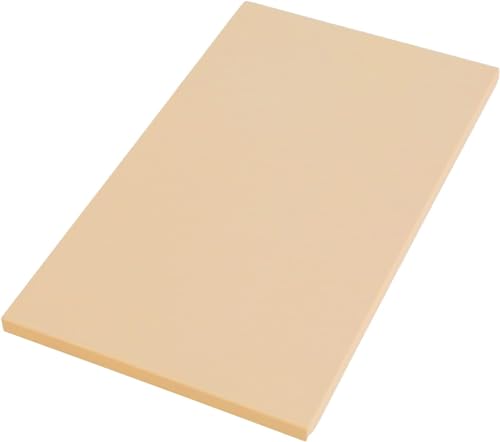
Made in Japan, these rubber chopping boards favored by professional sushi chefs are non-porous, easy to clean and available in multiple sizes. These are hand wash only but easy to maintain. Importantly, they are BPA and plastic free.
6. Metal, bamboo or glass straws
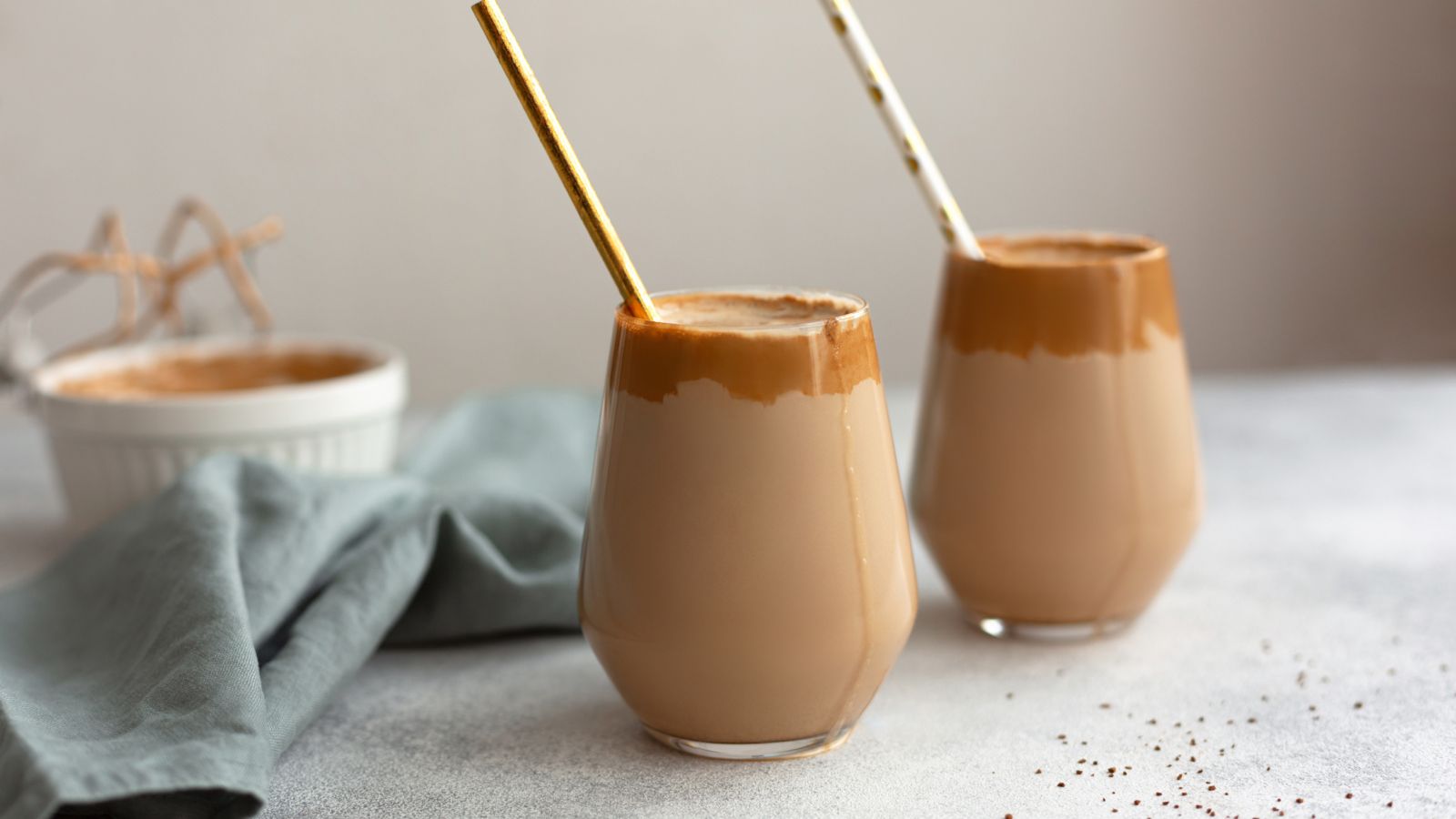
Did you know that you might be drinking tiny plastics every time you sip your drink through a straw? It's easy to believe there are little health risks associated with plastic drinking straws as they are single-use and usually brand new before being discarded. But this truly isn't the case, and they can still cause harm.
'Plastic straws are the tiny rebels of the plastic world — they break down, they pollute, and they can sneak microplastics into your beverage,' says Forrest. 'Using bamboo or metal straws is an ideal alternative as they don't decompose to release chemicals, they are reusable, and they are simple to clean.'
Glass straws are another great option too, though they are definitely more fragile.
This 20 Pack of Reusable Stainless Steel Metal Straws from Amazon has over 11,000 positive reviews. Each straw also comes with a silicone lid to protect your drink when you aren't sipping. But if you would prefer to use transparent glass straws to ensure the insides are completely clean, this 10-Pack of Reusable Glass Straws from Amazon is a good fit.
Don't forget to pick up a straw brush to clean the inside of your drinking straws such as the ALINK 5-Pack Bottle Brush Cleaner Set from Amazon, which is made from all-natural materials.
The kitchen is a great place to start when seeking to pare down on plastic, but don't overlook the toxic plastic storage items lurking in your bathroom that you could do with switching out, and the secretly toxic items in your bedroom to say goodbye to.
Sign up to the Homes & Gardens newsletter
Design expertise in your inbox – from inspiring decorating ideas and beautiful celebrity homes to practical gardening advice and shopping round-ups.

Ciéra is a writer and regional laureate with particular passions for art, design, philosophy and poetry. As well as contributing to Livingetc, she's an Editorial Assistant for Design Anthology, and a contributing writer for Homes & Gardens and Apartment Therapy. Previous commendations of hers include being Highly Commended by The Royal Society of Literature and receiving a prestigious MA Magazine Journalism scholarship to City University, London.
You must confirm your public display name before commenting
Please logout and then login again, you will then be prompted to enter your display name.
-
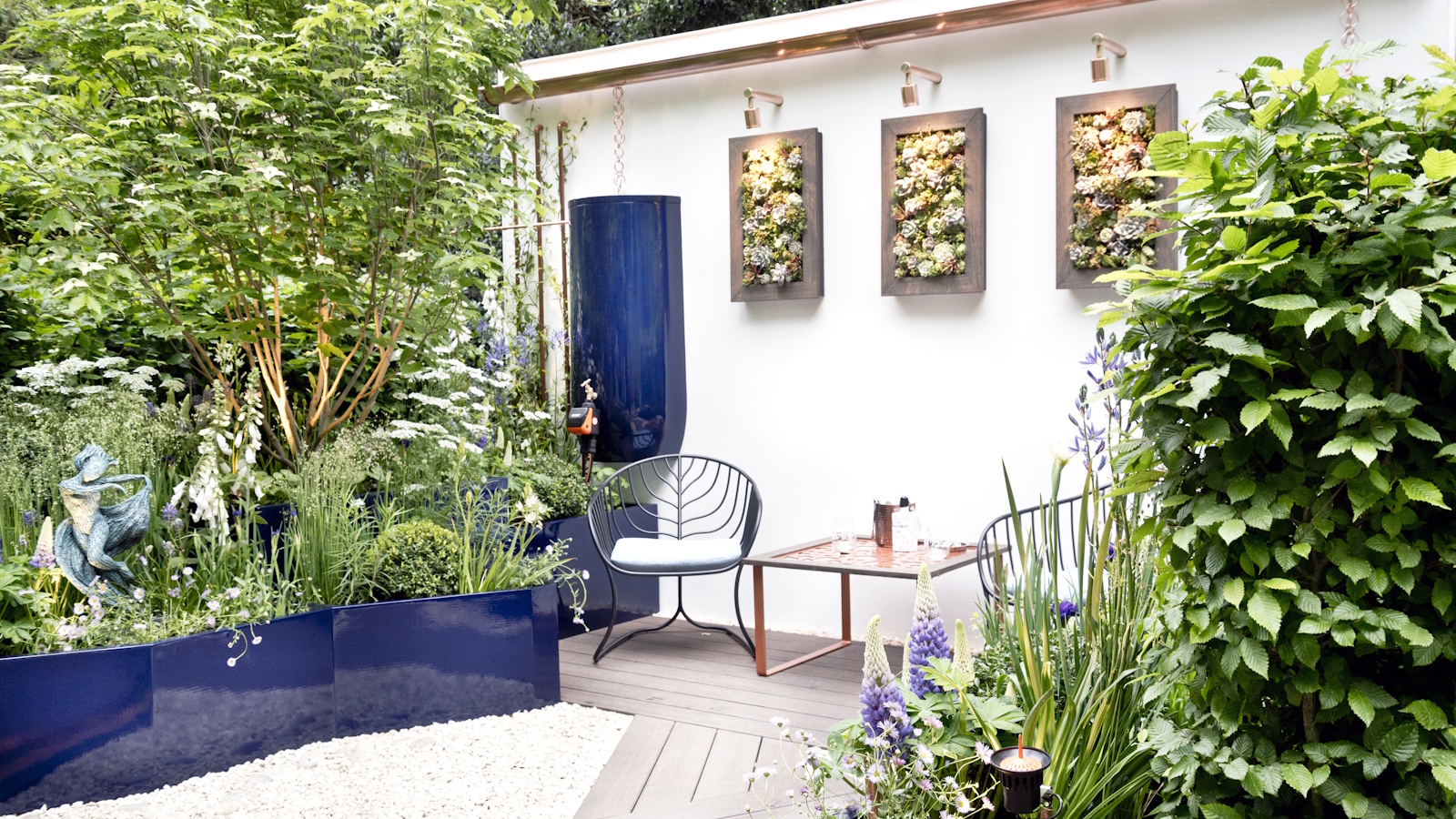 Urban gardening ideas – 7 creative ways to grow in small spaces, balconies, containers, indoors, and more
Urban gardening ideas – 7 creative ways to grow in small spaces, balconies, containers, indoors, and moreMake the most of your space with these innovative ways to garden
By Tenielle Jordison
-
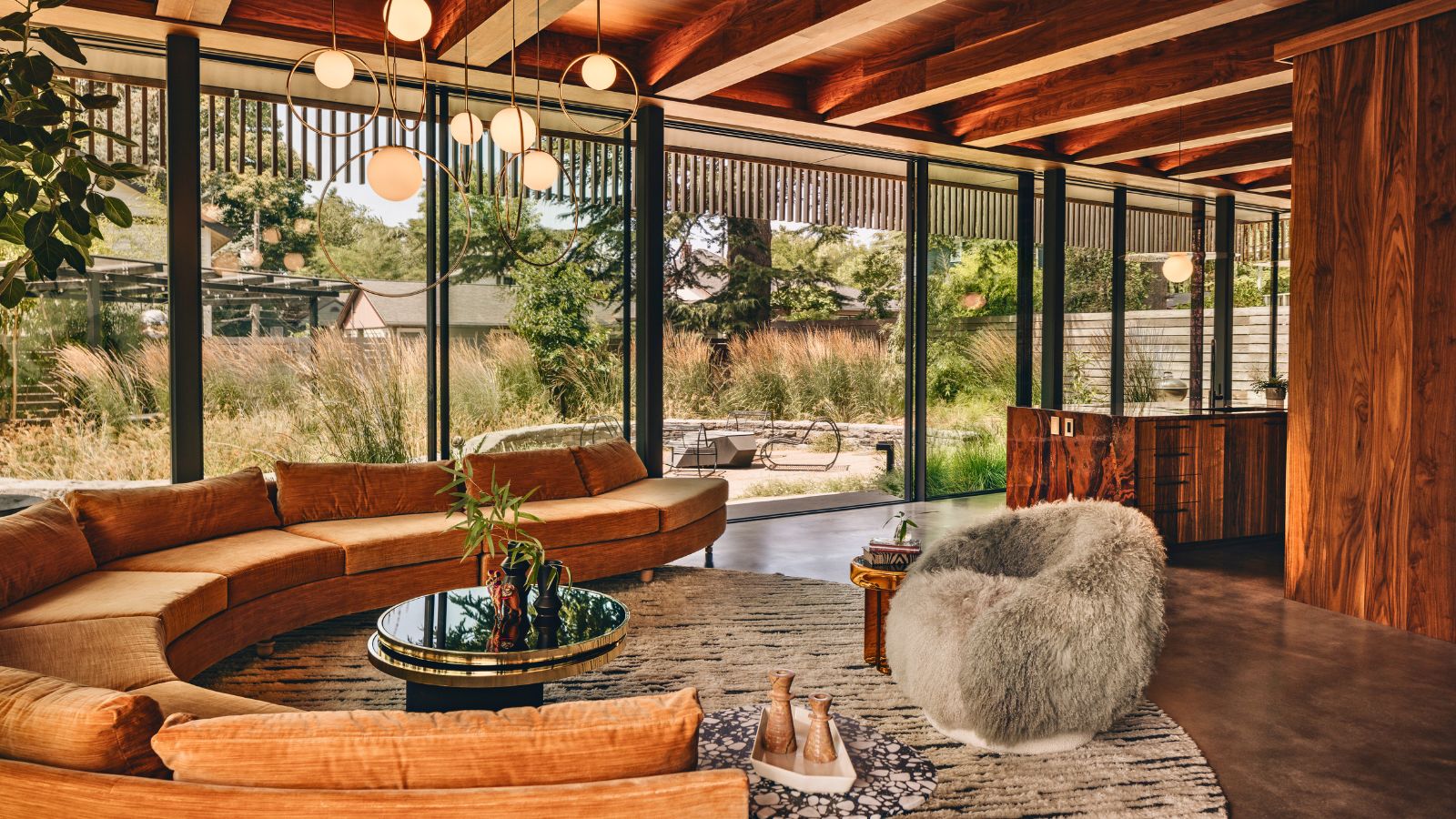 'Sexy disco-era Italy meets Japanese farmhouse in the Brazilian jungle' was the description the interior designer gave this glass-walled modernist home
'Sexy disco-era Italy meets Japanese farmhouse in the Brazilian jungle' was the description the interior designer gave this glass-walled modernist homeOffering a warm welcome that defies its stark, modernist lines, this archictectural gem is full of surprises
By Karen Darlow
-
 I've spent over 200 hours testing vacuums and swear by my two Dysons – this is how I properly clean a Dyson vacuum filter for longer-lasting appliances
I've spent over 200 hours testing vacuums and swear by my two Dysons – this is how I properly clean a Dyson vacuum filter for longer-lasting appliancesYour Dyson vacuum will last much longer and clean at its best
By Dan Fauzi
-
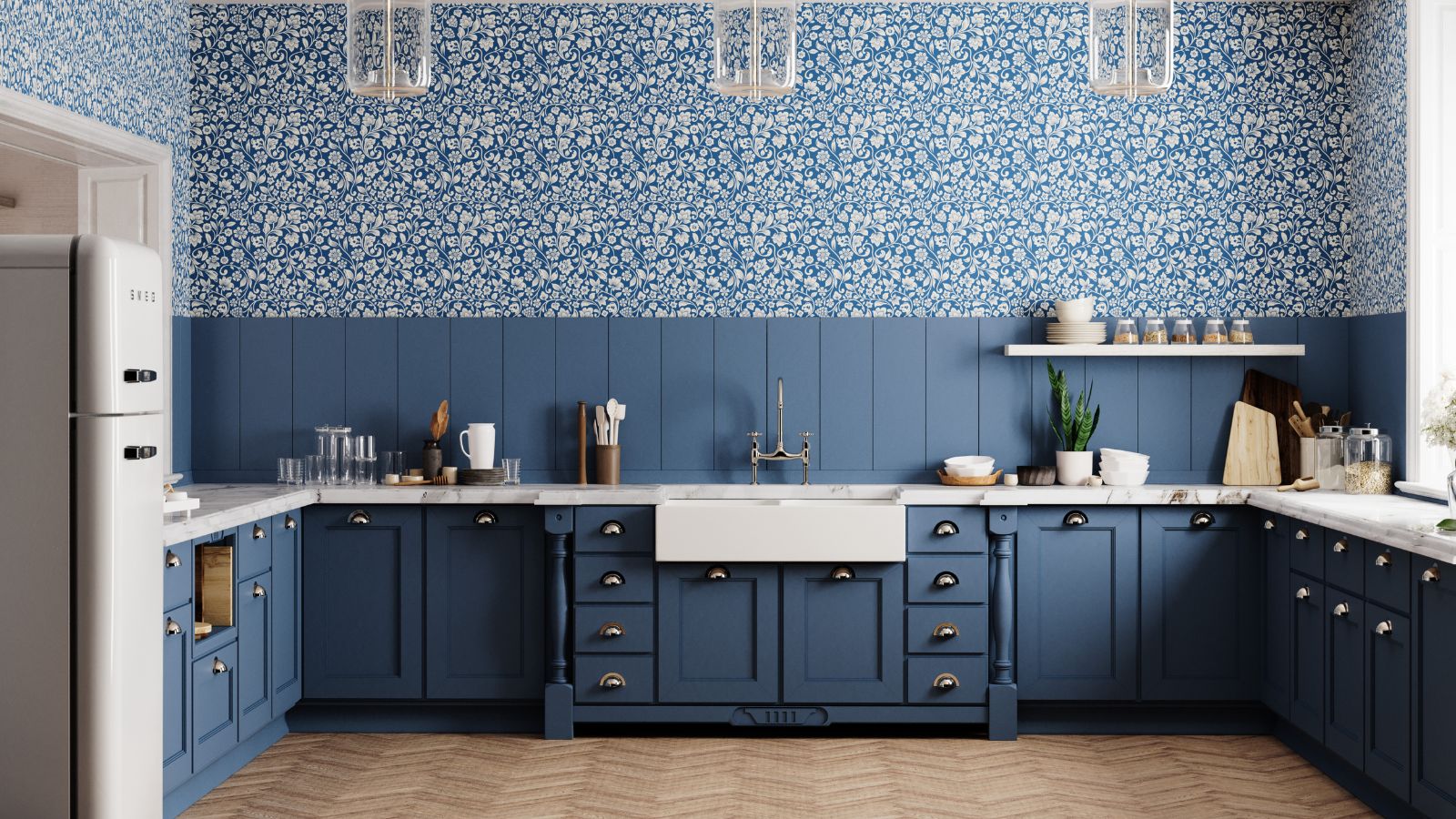 Do cleaning products expire? Professional cleaners warn time could make them ‘less effective, and in some cases, irritating to use’
Do cleaning products expire? Professional cleaners warn time could make them ‘less effective, and in some cases, irritating to use’For the best results, it pays to stay on top of the timeline of your cleaning products
By Chiana Dickson
-
 How to clean a patio – 6 different methods, and when you must use a chemical cleaning agent
How to clean a patio – 6 different methods, and when you must use a chemical cleaning agentFrom manual scrubbing, natural solutions or calling in the pros, industry experts reveal the benefits and considerations of each method
By Andy van Terheyden
-
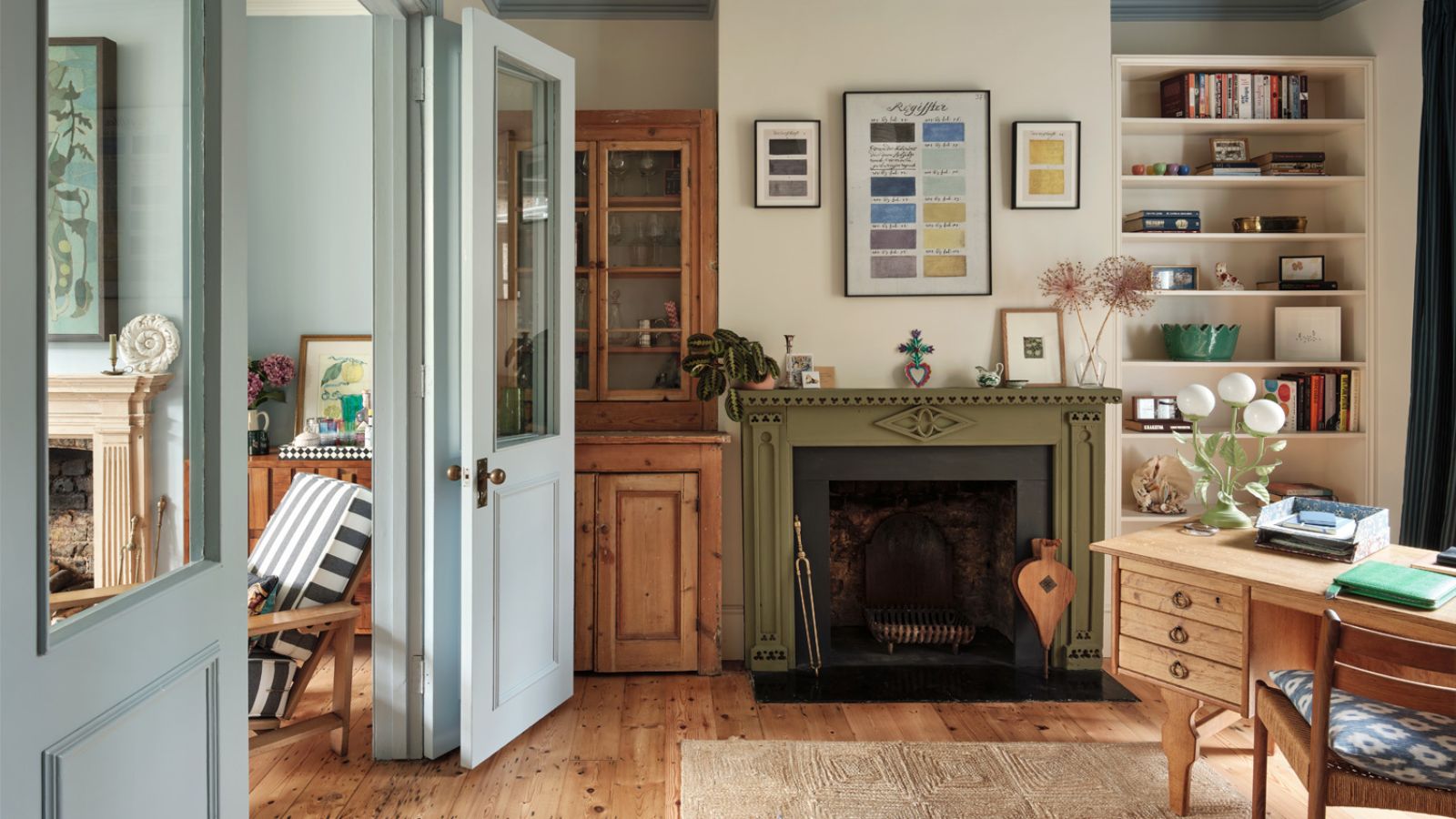 5 surprising but brilliant ways to clean with old socks – from perfectly buffing stainless steel to deterring pests naturally and more
5 surprising but brilliant ways to clean with old socks – from perfectly buffing stainless steel to deterring pests naturally and moreTackle dust in tricky corners, clean your mirrors and even banish bad odors with those rogue single socks
By Andy van Terheyden
-
 5 things people with clean upholstery always do – simple, quick and oh-so-effective
5 things people with clean upholstery always do – simple, quick and oh-so-effectiveEnsure your furnishing looks clean year-round with these expert tips
By Seraphina Di Mizzurati
-
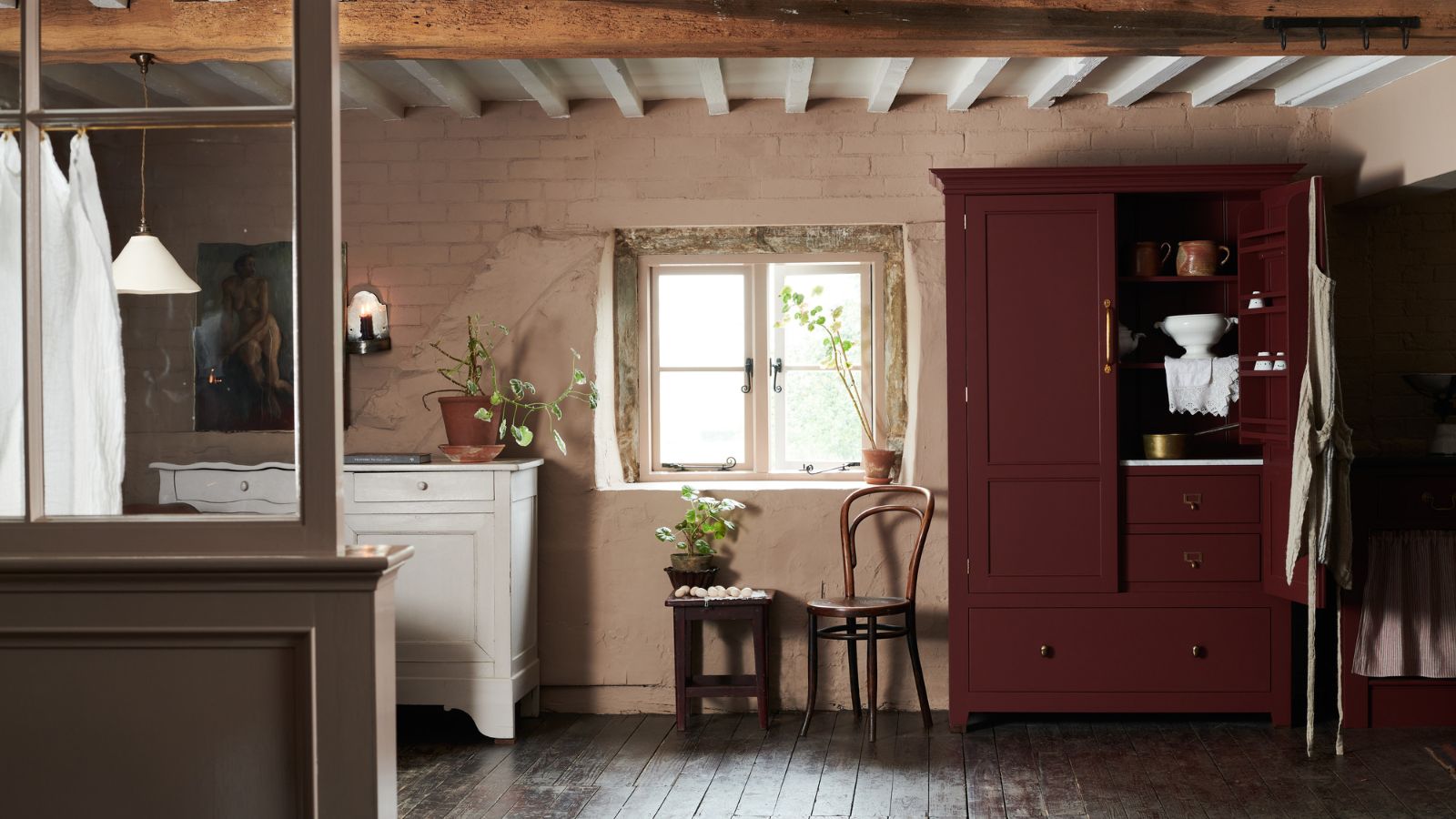 'Wick away the ick' – 6 things people with clean laundry rooms always do to make this hardworking space shine
'Wick away the ick' – 6 things people with clean laundry rooms always do to make this hardworking space shineThese tips on how to clean your laundry room will banish grime
By Seraphina Di Mizzurati
-
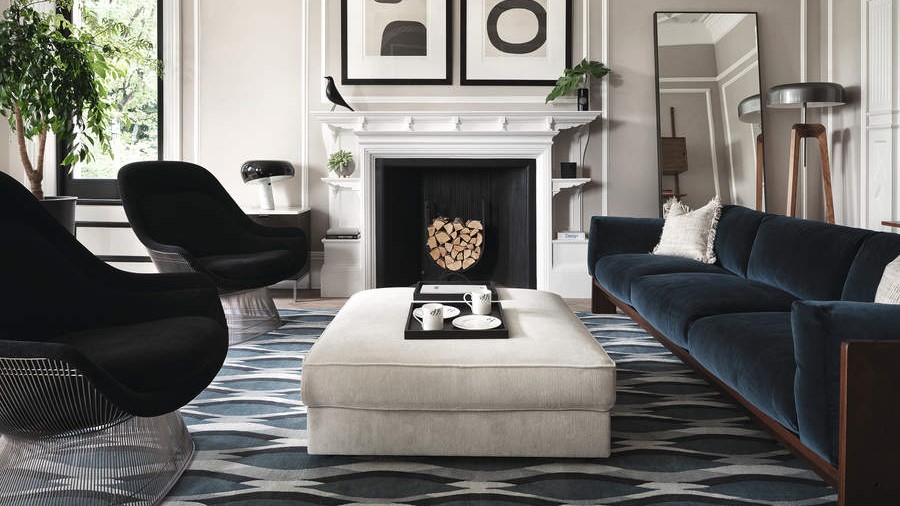 How safe are carpet deodorizers? As a seasoned vacuum tester, I urge you to try alternative methods
How safe are carpet deodorizers? As a seasoned vacuum tester, I urge you to try alternative methodsNatural cleaning is always the answer
By Dan Fauzi
-
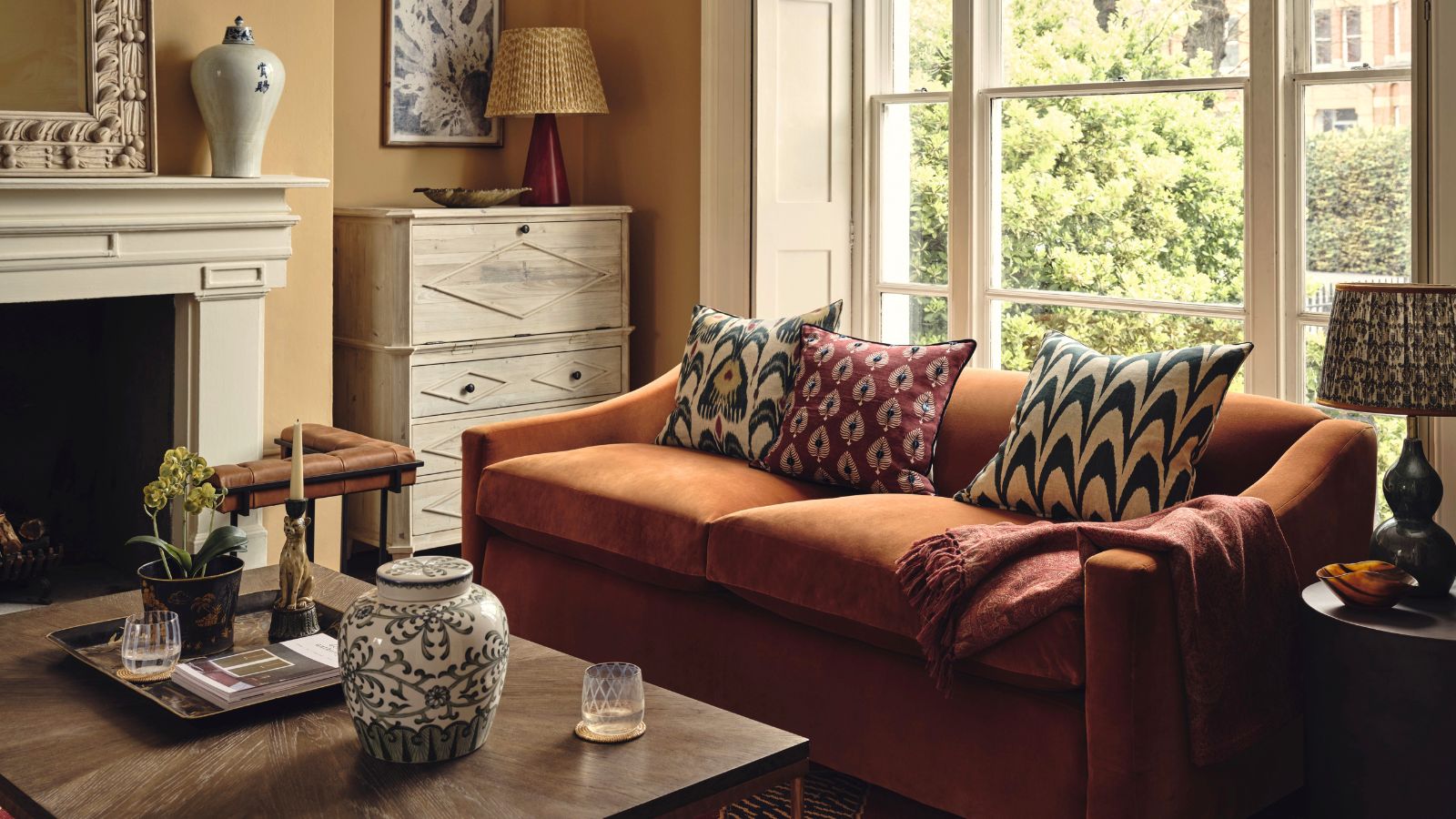 'The world will not end' – 5 cleaning habits to quit for a happier, easier life, and what to do instead
'The world will not end' – 5 cleaning habits to quit for a happier, easier life, and what to do insteadGet your home sparkling, minus the stress
By Ciéra Cree